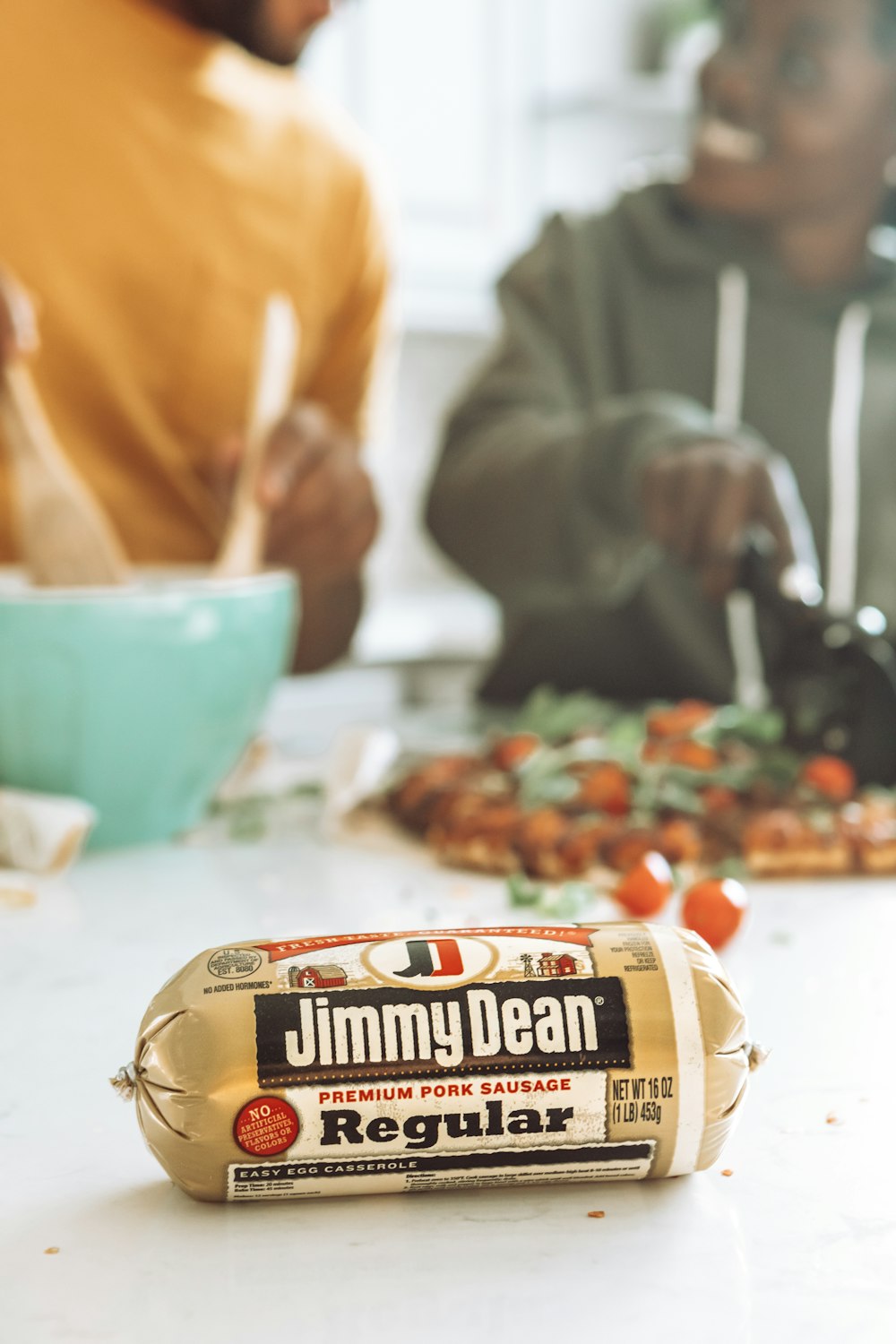 What Is Food Packaging?
What Is Food Packaging?
Food packaging began with canned foods nearly 200 years ago before the introduction of paperboard and glass containers. Technologies like polymer chemistry have brought us the new innovations we are seeing on the market like flexible packaging and rigid plastics. With packaging moving towards biodegradable and eco-conscious alternatives food packaging is changing before our eyes.
How is Food Packaging Changing?
As with many products, the packaging of our food is regulated for the safety of consumers. Throughout the years as technology continues to advance we’ve discovered new ways of managing the safety of our consumables. Aseptic Packaging for example is a form of thermal sterilization. It involves the separate sterilization of the food products and packaging commonly used for liquid or particulate foods; plastic or paper packaging being the most popular options.
Modified Atmospheric Packaging however is combined with refrigeration to effectively preserve food safety. This method extends the shelf life of meat products by altering the composition of gases that are to come into contact with the product to discourage microbial growth.
Regulations around food packaging and the safety of food are continuing to change requiring many manufacturers to update their current packaging to abide by mandates. On a simple level, the packaging is regulated to ensure the safety of the product within the packages. Acts like the Federal Food, Drug and Cosmetic Act (FFDCA) and the Added Food Additives Amendment of 1958 are recent additions to the lengthy list of regulations just on food packaging alone. Pressure from outsized organizations and environmental groups has influenced technology to change over time.
As the world moves to a more eco-friendly mindset the apparent problem of our current methods becomes more visible. One main problem we’ve come to realize is that plastics are hard to replace despite the environmental impact they have. Plastics are protective, durable, clear, extend product shelf life, and are comparatively inexpensive for all the benefits they provide.
You can see changes as we shift from plastic straws to paper, reusable bag encouragement, and some companies completely updating designs. Starbucks for example has opted to redesign the lids of their iced beverages to allow consumers to forego the use of a plastic straw. Certain snack foods have gotten rid of the transparent window in their packaging to allow their materials to be completely recyclable. Subscription services are now available for completely reusable household cleaners to forego the use of plastics altogether.
These small changes are leading to the larger cause of becoming more sustainable. They’ve become more customized and have multiple, more practical uses than simply marketing the information to the everyday consumer.
We are seeing innovations in portable, practical packaging where our containers are now becoming plates for our to-go meals. Forks and spoons are made of biodegradable material. Your container that holds your lunch now comes with handles to forego the need for a separate bag.
These products have been made convenient and green and it is only forecasted that more of these options will become available. As a population, this shift towards reducing our carbon footprint is fast-growing and extremely important to not only consumers but company’s core values.
Regulations Continue To Change For Product Safety:
The FDA has many rules, one of which deals completely with approved inks for our food. Each ink is evaluated before being deemed “Food-Grade” or “Food-Safe”. Food-Grade products for example are safe for consumption. Food-Safe products follow stricter standards. The ink on the packaging is safe for direct contact with food under several different facts such as UV exposure or microwaving.
The reason that inks are regulated the way they are is to protect your food from the packaging a company decides to use. These inks are susceptible to migration, invisible set-off and gas-phase transfers that could compromise the safety of your food products.
Many companies have realized and continued to change their technology as regulations continue to change. For example, solvent inks are now being moved over into water-based inks. This is because water-based inks replace organic solvents with water making them more durable to things like evaporation and with certain substrates, they adhere soundly.
The main reason packaging is continuing to shift towards pigmented water-based inks is because they offer fewer VOCs than your traditional solvent-based inks. VOCs or Volatile Organic Compounds are common in many products that you may not be aware of like plywood or printer inks.
These VOCs are harmful not just to humans in the forms of dizziness, eye irritation, and nausea but also very harmful to the environment. They play a large role in damaging the ozone as these particles are released into the atmosphere.
Ultimately, the regulations and trends in packaging will continue to change. With new technology, newfound information or simply buyer preferences our packaging will continue to adapt. As we move forward into the eco-friendly future of packaging we are excited to see exactly what your business will do.
Find out more information about flexible packaging material, machinery, and inks today. Simply reach out for quotes or more with one of our sales representatives so we can get you into the perfect digital solution today.


